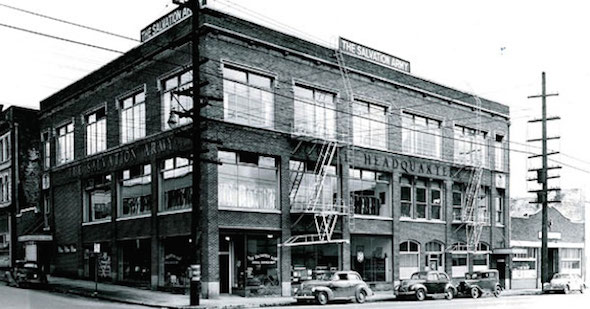 Retail rehab. This historic Salvation Army building in SE Portland is the new home of a specialty retail store.
Retail rehab. This historic Salvation Army building in SE Portland is the new home of a specialty retail store.
While large online retailers are experiencing exponential growth, many specialty outdoor retail stores are struggling to stay in business. Retail store closures have opened the door for brands like Columbia, The North Face and Black Diamond to begin selling direct-to-consumer on their own websites. So, what makes brick and mortar stores relevant in an increasingly online world?
As a college student working in a mountaineering shop, I was drawn not only to the walls of specialty equipment, but also the first-hand experience and insight of the staff. The gear, maps and local knowledge inspired adventure, making the inaccessible feel within reach. But that was in the early 2000s, a time many consider the end of the independent outdoor shop. We watched this gradual decline unfold first-hand as customers came in, tried on gear, asked dozens of questions about fit and function, then walked out with nothing but a smug smile. We knew exactly where they were headed: online.
That shop closed due to low sales a few months before I graduated. Months later, I landed a job in the very industry that was stealing customers from similar shops across the country. At Google my job was to help companies optimize their websites to increase web traffic, and eventually eCommerce sales. That is still a primary focus of my work as the founder of Foghorn Labs, a consultancy that focuses on outdoor industry brands that sell direct-to-consumer. You might think that makes me an enemy of specialty outdoor retail stores, but that couldn’t be further from the truth.
Nothing can replace the hands-on experience or the staff expertise found in real live stores. Brick and mortar stores are an integral part of the outdoor retail ecosystem. And - right here in Oregon - they’re making a resurgence.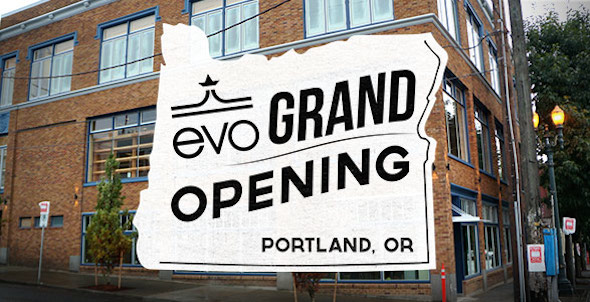 Evo, the Seattle-based outdoor e-tailer, is opening a large brick and mortar store in SE Portland’s restored Salvation Army headquarters in November. Now located in what was the Powell’s Technical Books annex, MadeHere PDX showcases best-of-breed products from makers in or near Portland. Crow’s Feet Commons, a full-service bike and ski shop in Bend, stands apart by using their café and tap-room to host gatherings and offer a unique space for local outdoor enthusiasts to connect.
Evo, the Seattle-based outdoor e-tailer, is opening a large brick and mortar store in SE Portland’s restored Salvation Army headquarters in November. Now located in what was the Powell’s Technical Books annex, MadeHere PDX showcases best-of-breed products from makers in or near Portland. Crow’s Feet Commons, a full-service bike and ski shop in Bend, stands apart by using their café and tap-room to host gatherings and offer a unique space for local outdoor enthusiasts to connect.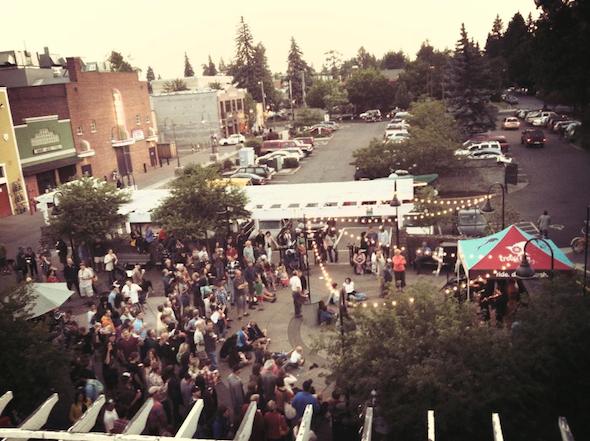 Industry giants like The North Face and Patagonia have made similar calculations, opening brand experience stores in strategic locations across the globe where customers can visit, browse and buy in-store or online. Earlier this month, Vancouver, B.C.-based Arc’teryx followed suit with a flagship store on NW 23rd Avenue, their third in the United States.
Industry giants like The North Face and Patagonia have made similar calculations, opening brand experience stores in strategic locations across the globe where customers can visit, browse and buy in-store or online. Earlier this month, Vancouver, B.C.-based Arc’teryx followed suit with a flagship store on NW 23rd Avenue, their third in the United States.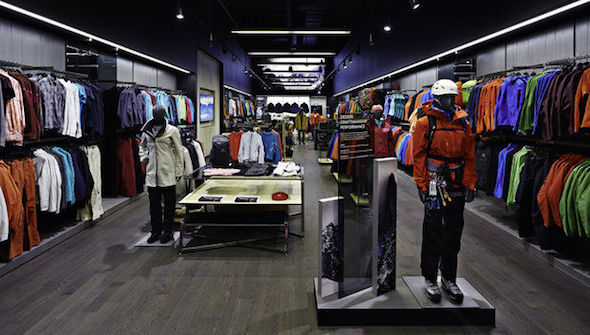 All of these stores are taking steps to stand out in an increasingly competitive market. Stores that are surviving and thriving in the digital-first world have found ways to offer something tangibly different from bargain-centric online shopping while seamlessly integrating physical storefronts with their online presence.
All of these stores are taking steps to stand out in an increasingly competitive market. Stores that are surviving and thriving in the digital-first world have found ways to offer something tangibly different from bargain-centric online shopping while seamlessly integrating physical storefronts with their online presence.
The bottom line is, specialty retail stores can’t compete with online retail juggernauts on the basis of price, selection and eCommerce experience. Instead, stores should focus on fostering community with in-store events, social media outreach and locally targeted marketing efforts. I’m not the only outdoor enthusiast who can’t wait to touch the latest set of skis, test for springiness and imagine the turns those factory-sharp edges would help me carve. Still, my computer is closer. Give me a reason to get up from my chair and visit your store and those tangible connections will make me a loyal customer both on your website and in person.
And, critically, specialty retailers must also be more strategic about how they market themselves online. For example, instead of trying to reflect their entire inventory on a website, specialty stores should focus their limited ad dollars on top-selling products that aren’t carried by major online retailers. When looking to increase foot traffic, focused campaigns customized to specific local audiences will generate a far greater return on investment than generic banner ads.
Just as online gear reviews will never replace gear advice from a local expert, online retail can’t replace the need for physical stores. The most successful stores will become specialty retail showrooms that are a destination for customers and a center point for the outdoor enthusiast communities they serve.
Happy shopping.


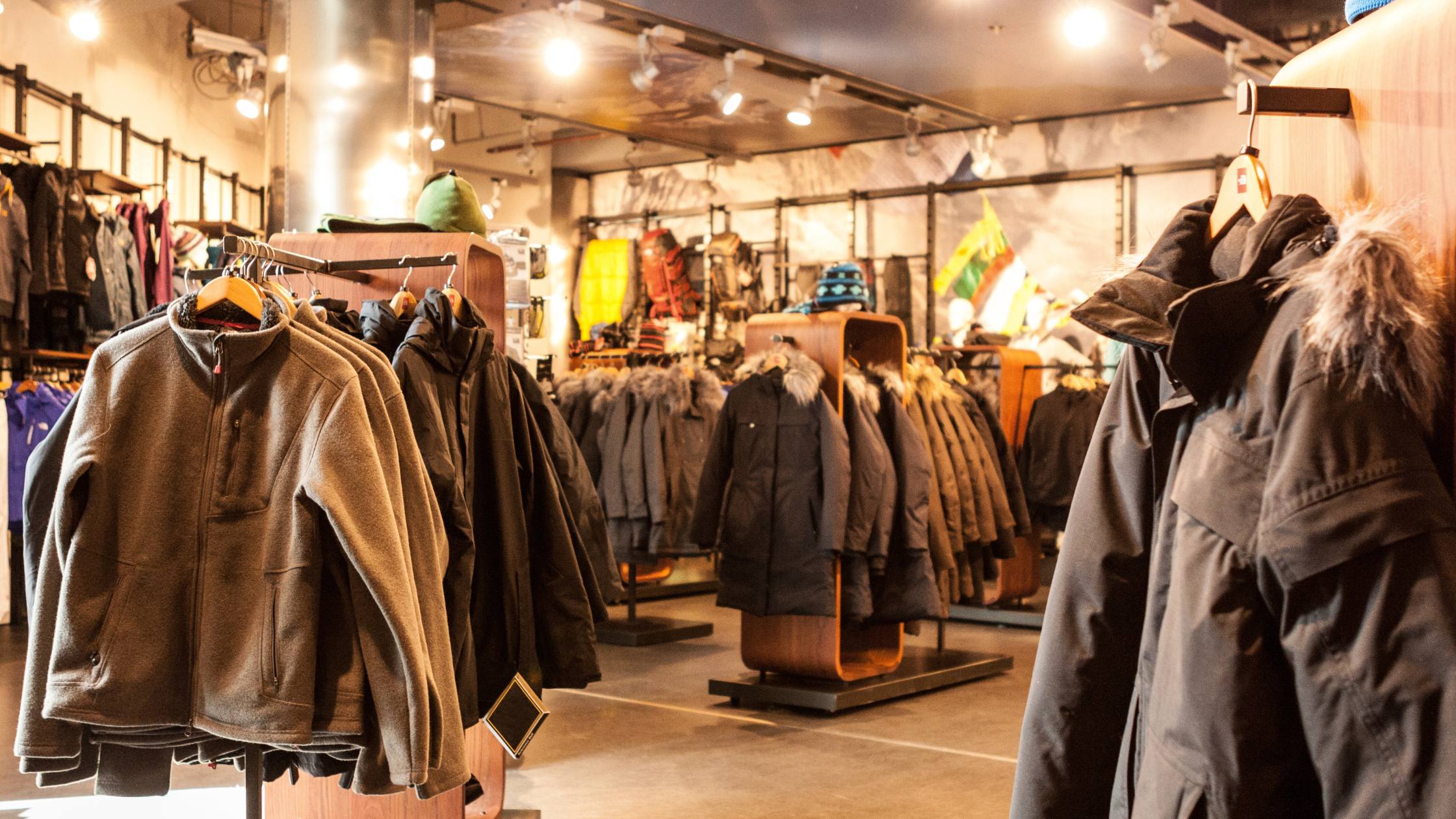
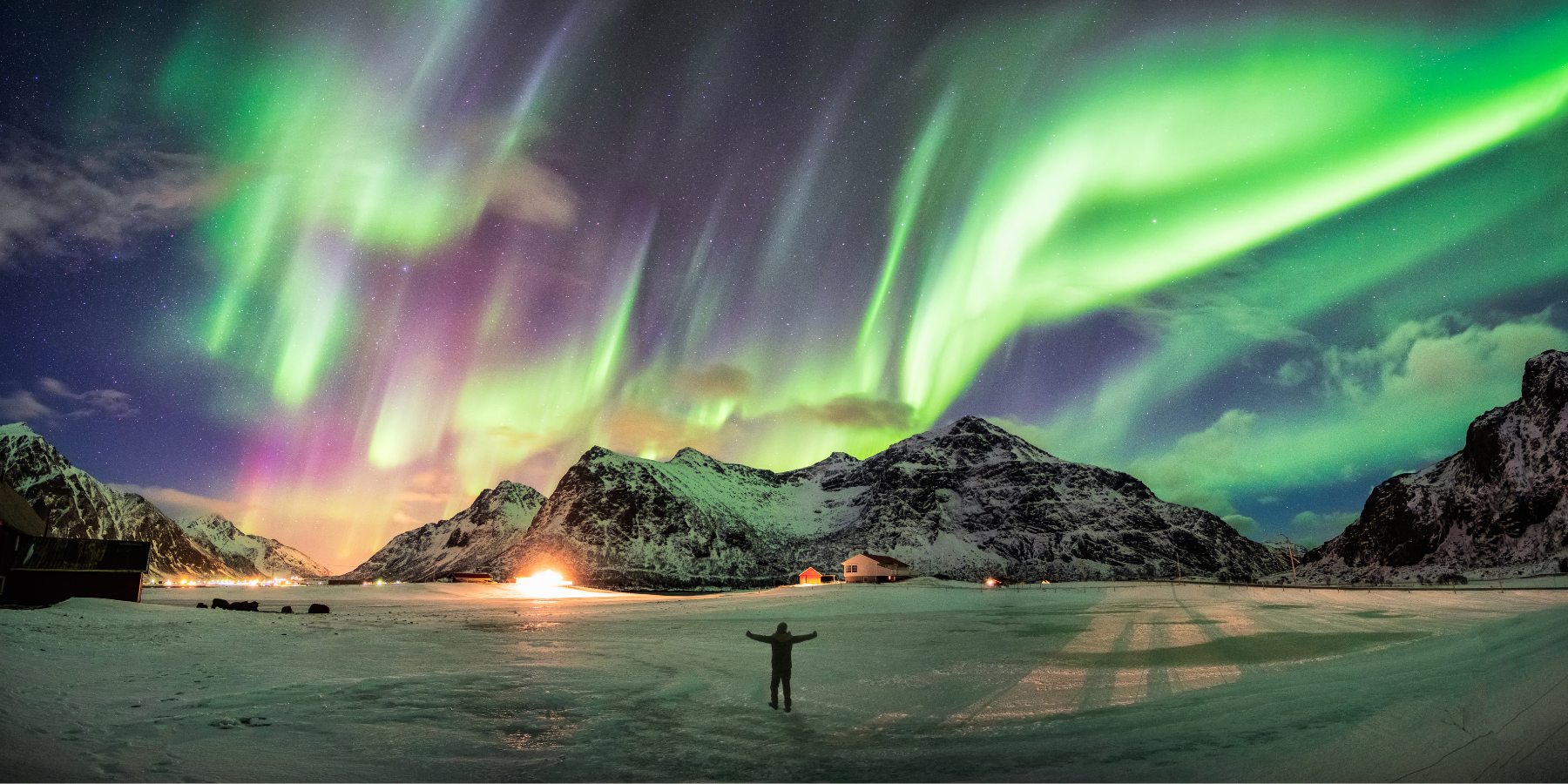
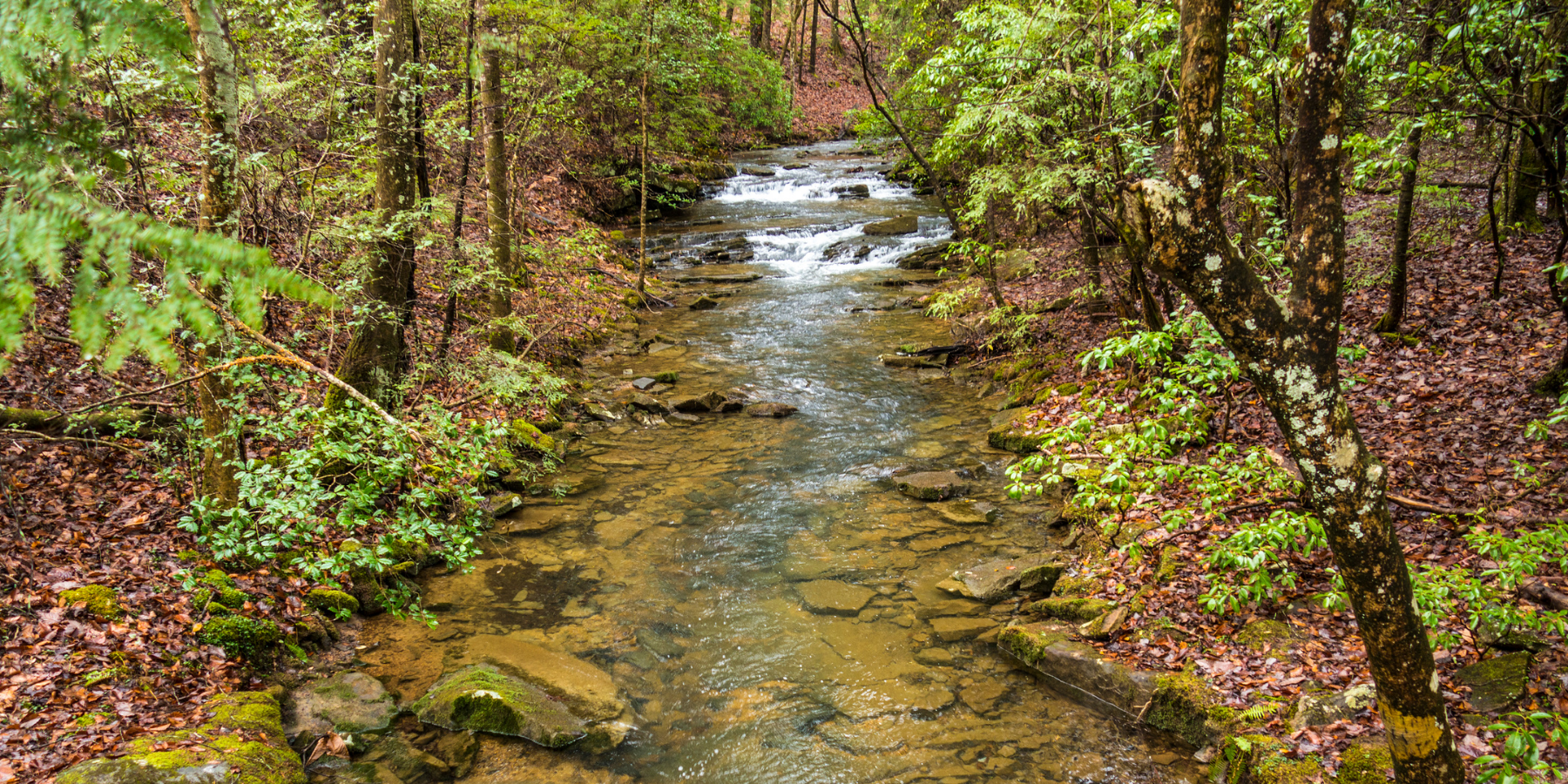
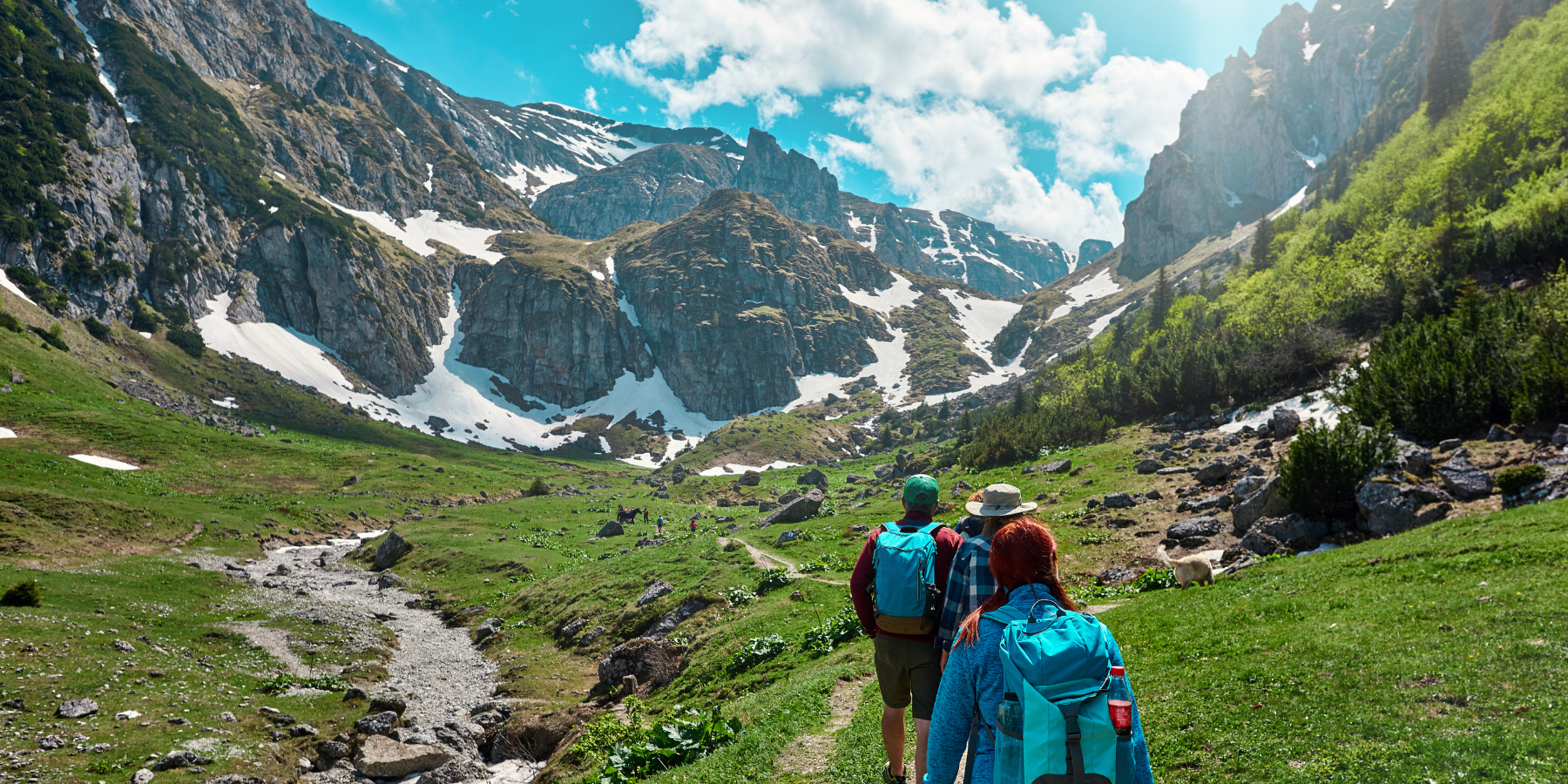
Share:
Six Active Lifestyle Brands Doing Social Media Right
Six Active Lifestyle Brands Doing Social Media Right